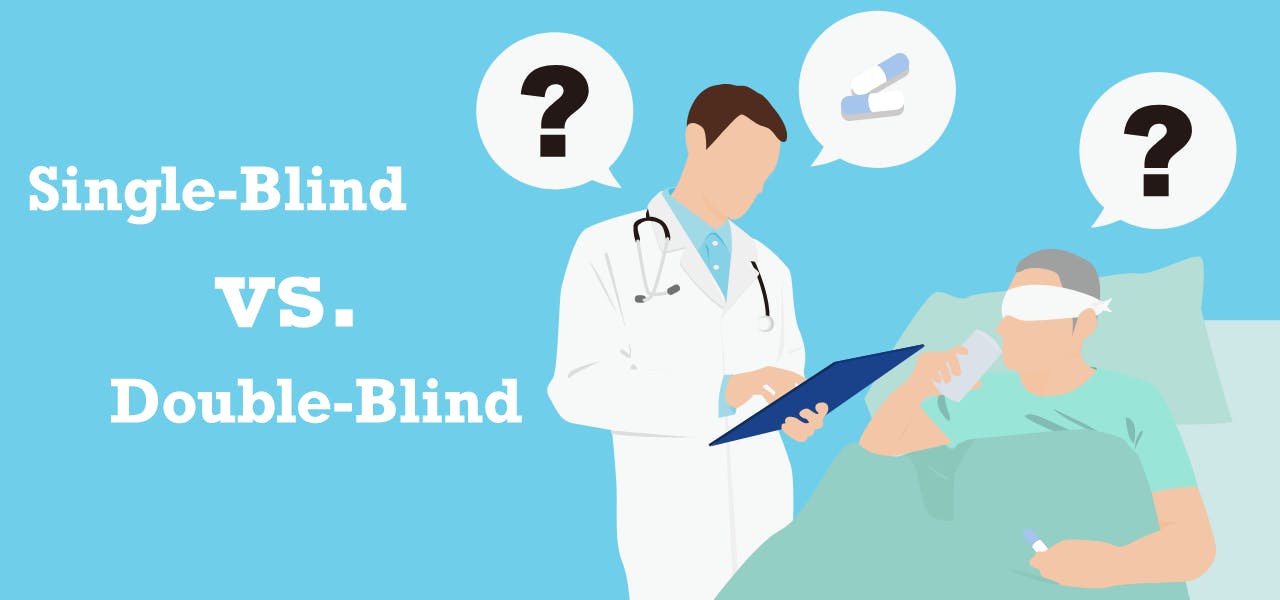Clinical trials are the basis of many experiments and they are crucial to finding new ways to help people manage and treat their diseases and conditions. Clinical trials are part of just about every research that involves a human subject, and the importance of those studies helps researchers determine how safe and effective a product or idea is before it goes on the market for billions of potential users.
To ensure the validity of the results, many times a single or double-blind study is used. These methods of research and data collection keep the experiment in check, weighing a placebo group against those engaging in the actual research in question. Whether to use a single-blind or double-blind study depends on what is being analyzed.
The Ethics and Legalities of Human Research Experiments
It only takes going back less than one hundred years to see that humans make a lot of mistakes in the search for knowledge. Reviewing the history of how researchers have used people to determine the validity of a research idea can be a cringe-worthy experience that helps us realize the importance behind our ethical and legal codes that must be followed today.
Informed consent is now required before any human is allowed to participate in a research study, as a direct result of documents such as the Nuremberg Code, the Declaration of Helsinki, and the Belmont Report. No matter how difficult or cumbersome it may be to obtain such consent, understanding the circumstances around these events makes it apparent why the strict requirements are necessary.
Beginning in 1947 with the Nuremberg Code, the question of how humans were treated in research became a global topic. The Code was developed because of the inhumane treatment of humans by Nazi doctors who used them immorally and unethically to answer their questions of research. The Nuremberg Code required that all human participants in a study must voluntarily agree to be involved. The term ‘voluntarily’ meant that there was no coercion behind the consent, the person was mentally and physically able to agree to the study, and they understood the risks entailed.
Then, in 1964, this was taken a bit further with the Declaration of Helsinki. Twelve principles were used to guide researchers as to how to ethically work through biomedical research with the innovation of technology. These principles focused on research being performed that would benefit the participant instead of knowledge that could help in the future.
From there, the Belmont Report of 1979 was established, adding that even with voluntary consent as in the Nuremberg Code, humans must be treated respectfully. This was particularly important for people who had less autonomy, such as children and the elderly.
What are Single and Double-Blind Studies?
In clinical trials, there are two models that researchers will follow to complete their experiments: the single blind and the double-blind trial. Using the right trial has a direct effect on the results and can bring up any errors ahead of time to reduce problems. The model the researchers use depends on the type of trial they are performing and a host of variables that are included in that study.
A clinical trial includes two groups of people involved in the experiment. One group is always the placebo group, given a placebo that looks like the treatment. The other group is given the treatment itself. Both groups are monitored for a specific list of results and are compared to each other to determine how effective the treatment was versus the placebo.
Single-blind studies work in that those who participate in the trial don’t know if they’re getting the placebo or the real thing. With this “blind” idea to the experiment, there are fewer chances of errors. The participants can’t doctor their results since they aren’t sure if they’re getting the real treatment or not. However, the monitoring experiment researcher knows which participants got the placebo and which received the treatment.
A double-blind study, on the other hand, includes an experiment in which neither the participants nor the research experimenter knows who got the actual treatment. Because of the fact that the researcher doesn’t know who got what treatment during the study, there is less of a chance of bias being introduced. This is, therefore, considered the optimal method of clinical research.
When you determine which method is better for your study, it’s often best to err on the side of too much caution to improve the accuracy of your results.
